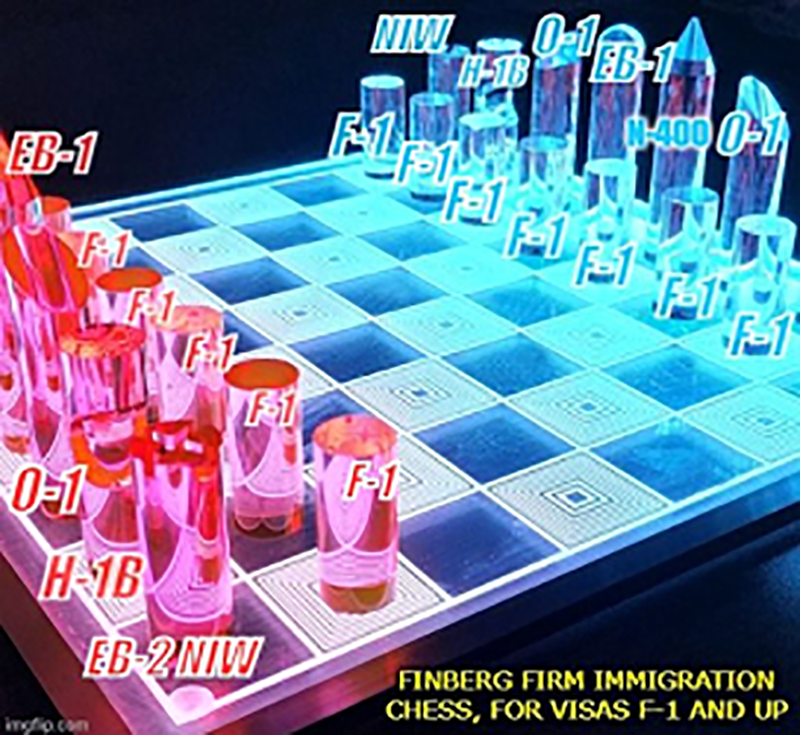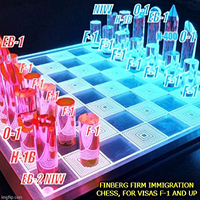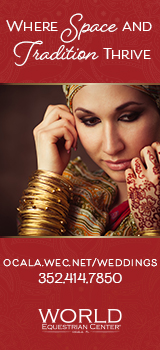Who wants to play Immigration Chess ♛♜
 Who wants to play Immigration Chess♛♜? Your move! I always like the E-4 opening with an F-1 visa (pawn)♟or start more aggressively with a H-1B visa (Knight) ♞ to F-3. Thoughts?
Who wants to play Immigration Chess♛♜? Your move! I always like the E-4 opening with an F-1 visa (pawn)♟or start more aggressively with a H-1B visa (Knight) ♞ to F-3. Thoughts?
With chess you can only move a pawn or a knight to begin, so you would have to start with an F-1 student or an H-1B specialty occupation visa (chosen specifically because those are considered the standard opening visas for perspective clients).
Pilots like to fly so they tend to prefer a knight opening and jump over a pawn on the way to landing in a more central square.
If you are using Vienna as your consulate do you continue with a Vienna opening game strategy?
The King ♚ is the most important piece in chess. Just like becoming a U.S. Citizen is the most important goal in immigration. However, you are limited in chess on how you can move your king and you are limited in when and how you can naturalize (N-400).
Queen ♛ EB-1A. The best, most versatile, and most extraordinary piece in the game. You can be in any profession or have any skill as long as you are near the top of it (and can prove it). You can fly along the board diagonally like a pilot. You can move forward as many squares as you want like an innovative entrepreneur. You can also move creatively to the side to avoid problems like a scientist.
Rook ♛ EB-2 NIW is the second best and still exceptional piece/visa on the board. Rooks are flexible and also can self-petition forwards or sideways but they are a little bit more limited. Demonstrating national interest prevents diagonal movement.
Bishop ♝ 0-1. A very aggressively extraordinary piece that can move far but only along the diagonals. It is limited horizontally and vertically because 1) you still need a sponsor and 2) it doesn’t lead to a green card but you don’t have to go through PERM so it is faster and can move many squares.
Knight ♞ H-1B. Some say equally as valuable as a Bishop. Some say more valuable. Opinions vary. Early on a specialized Knight tends to be more valuable because it doesn’t need extraordinary ability (just a specialty occupation) but it needs a sponsor and has to deal with the lottery. Others also prefer the H-1B Knight because of its dual intent (L movements). In late games some prefer a Bishop because of the long-term O-1 renewals.
Pawn ♙F-1 . You begin with 8 pawns just like you can have many student visas. F-1 pawns are often the basic building block of your immigration strategy. Pawns linked together can give you OPT or STEM OPT which is very helpful midgame. Promoting your pawn ♙ to a queen ♕ is a lot like the long journey of going from an F-1 to an EB-1A.
To quote Drake. Start at the bottom and now we’re here.
I am a halfway decent chess player and at least a halfway decent immigration attorney. Contact me and find out how we can help you win in immigration (chess) at info@finbergfirm.com
*This article does not constitute a solicitation or provision of legal advice and does not establish an attorney-client relationship. The answers provided should not be used as a substitute for obtaining legal advice from an attorney licensed or authorized to practice in your jurisdiction. You should always consult a suitably qualified attorney regarding any specific legal problem or matter on time.
About Author
 U.S. Immigration Attorney Seth Finberg is a 2005 graduate of the University of Georgia School of Law. Seth is a member of the Georgia Bar, the American Immigration Lawyers Association (AILA), and serves on the Business and Investment Committee for the South Florida chapter of AILA. Mr. Finberg is the owner and founder of South Florida based Finberg Firm PLLC and he represents clients nationwide and internationally in business, employment, and investment immigration. He can be reached by phone at (305)-707-8787 or by email at seth@finbergfirm.com or www.finbergfirm.com.
U.S. Immigration Attorney Seth Finberg is a 2005 graduate of the University of Georgia School of Law. Seth is a member of the Georgia Bar, the American Immigration Lawyers Association (AILA), and serves on the Business and Investment Committee for the South Florida chapter of AILA. Mr. Finberg is the owner and founder of South Florida based Finberg Firm PLLC and he represents clients nationwide and internationally in business, employment, and investment immigration. He can be reached by phone at (305)-707-8787 or by email at seth@finbergfirm.com or www.finbergfirm.com.


























